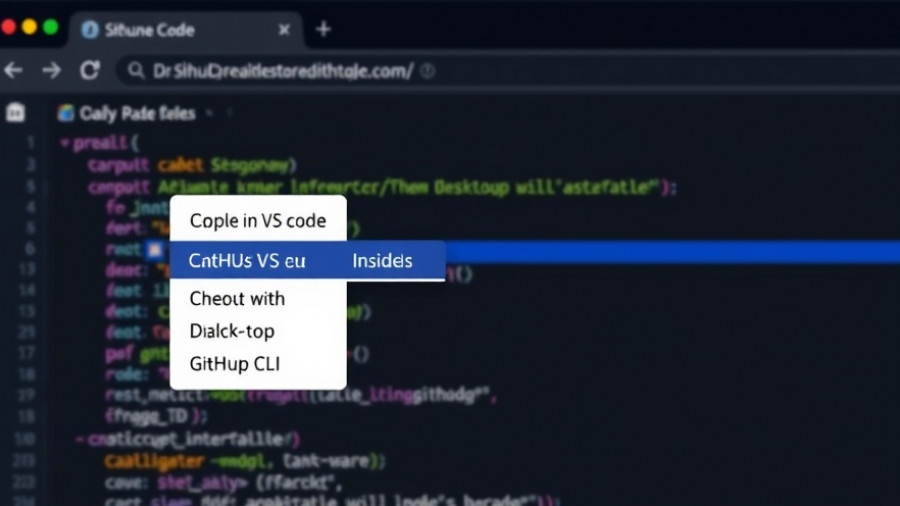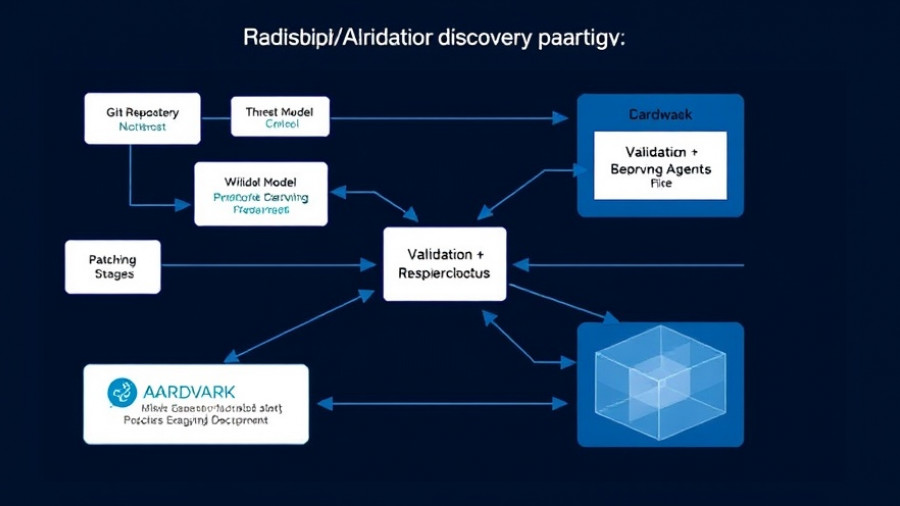
Understanding the Evolution of AI Agents in Security
The landscape of AI is undergoing a massive transformation with the rise of agentic AI. Unlike traditional AI systems, these autonomous agents can not only process and analyze data but also make decisions and take actions in real-time. This leap creates a complex security environment that requires us to rethink our existing security protocols.
The Shift from Traditional to Agentic AI Security
Historically, cloud security has revolved around preventing unauthorized access. This traditional security model assumes that once a user is authenticated, they will only perform actions that adhere to set regulations. Yet, with the introduction of agentic AI, systems now proactively make decisions that can significantly deviate from expected protocols. Security teams must now prioritize preventing these 'authorized' actions from causing damage, leading to a need for smarter, dynamic security measures.
The Expanding Attack Surface: New Threats on the Horizon
As cloud infrastructures grow more complex with features such as ephemeral resources, autoscaling, and shared environments, they also multiply potential vulnerabilities. Adversaries are now resorting to sophisticated methods like prompt injection and memory poisoning, which can manipulate these AI agents into making critical errors. By understanding these threats, we can implement strategic defenses.
Best Practices for Securing Agentic AI
To safeguard against these new risks, organizations must establish stringent security measures. One essential strategy is to enforce the principle of least privilege, ensuring that AI agents operate with minimal permissions necessary to perform their functions. Coupled with real-time auditing and monitoring, this strategy both limits the scope of potential harm and enhances compliance with security regulations.
Organizational Preparedness: Evolving with AI
For companies to effectively manage the challenges posed by agentic AI, it is crucial to shift from reactive to proactive security strategies. Adaptive security measures—like dynamic guardrails and real-time visibility into agent activities—are essential in mitigating risks. This approach not only protects sensitive data but also ensures smoother operational continuity, thus enhancing productivity.
Embracing the Future of AI Security
The convergence of AI and security presents both challenges and opportunities. Embracing these changes requires a commitment to continuous learning and adaptability, enabling organizations to leverage the advantages of agentic AI while minimizing associated risks. As we navigate this new AI-driven era, staying informed and prepared can empower us to foster a secure technological future.
 Add Row
Add Row  Add
Add 




Write A Comment